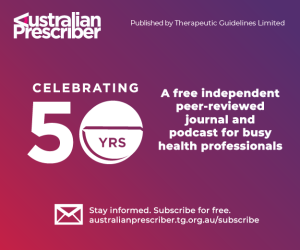Around 1,000 maternity models of care were used across 251 maternity services in 2023, according to a report released by the Australian Institute of Health and Welfare (AHIW).
The report, Maternity models of care in Australia 2023, is the third national release of data on various maternity ‘models of care’ accessible to women across the country.
The report, explored the characteristics of these models, including 11 major categories they fell into, the specific groups of women they were designed for, the maternity carers involved, and the degree of continuity of care they provide.
According to the data, the majority (90%) of models were found in public maternity services. Approximately 37% of maternity services offered one model of care, 35% between two and five models of care, and 28% provide six or more models.
The median number of models of care is higher in public maternity services (four models) than in private services (one model).
The most prevalent model of care, constituting 41% of the models, is public hospital maternity care. This is followed by shared care (15% of models), midwifery group practice caseload care (14% of models), and private obstetrician (specialist) care (11% of models).
The report also revealed that around 29% of models offered continuity of care throughout the entire maternity period, while 36% did not provide this continuity.
A maternity model of care, encompasses the holistic approach to pregnancy, childbirth, and the postnatal period which are classified into one of 11 major categories based on defining characteristics.
The need to classify these models stems from the fact that approximately 300,000 babies are born in Australia each year, and women’s choices regarding healthcare providers and the care they receive during the maternity period may be influenced by their location and individual circumstances.
Efforts to enhance the range of maternity models of care in Australia have been underpinned by the values of safety, respect, choice, and access.
The AIHW’s Maternity Models of Care Data Collection is based on MaCCS and the Model of Care National Best Practice Data Set (MoC NBPDS), which contained information regarding the models of care provided by maternity services throughout Australia.
The significance of this report will help healthcare stakeholders to make informed decisions and policy changes that ensure safe, respectful and accessible maternity care for all women.
It also signifies progress towards the Australian government’s recommendations to expand the range of maternity models of care available, thus offering women greater choices in their maternity care.








